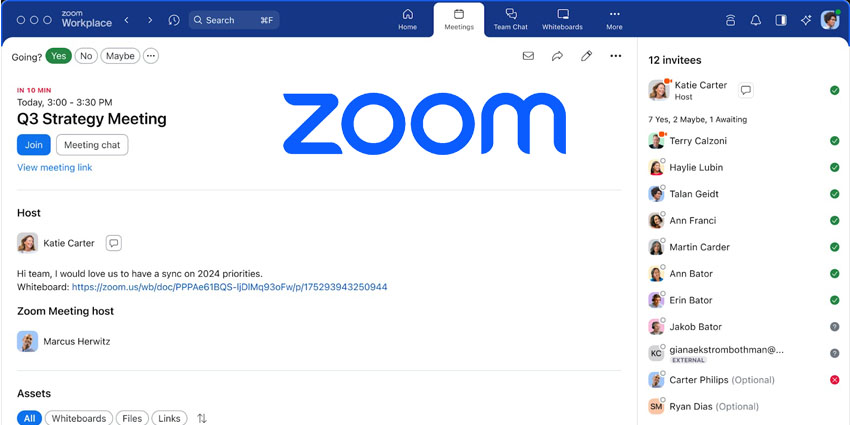As vaccines continue to roll out and a return to “normal” is on the horizon, the plans for more employees working from home more often will be tested.
On the face of it, the economics would indicate an easy decision for businesses. Less reliance on an office means a lower expense paid for maintenance, security and utilities, boosting profitability.
Sceptics may say a move to hybrid working means employers will not have adequate visibility into employee engagement and collaboration all the time but, with the right investment, Vyopta CEO, Alfredo Ramirez, says the change will improve overall productivity and business performance.
The Office
“Let’s focus on the office first. At Vyopta, we are anticipating an investment in office space and technology, creating better and safer working conditions for employees and creating spaces that support collaboration between physical and virtual teams, making collaboration intelligence a foundational need as well.
“Organisations, whether it’s the enterprises themselves, their IT groups, or service providers, will need to better understand what’s working and what’s not, and to ensure the delivery of the best user experience. In order to do that, they need insights into their call quality and technical performance.
“Businesses also need insights around team engagement, activity or collaboration activity, which is going to be very important going forward for C-level managers or line of business managers to better understand how a virtual team is working or how an intra-team is working to ensure the business moves forward.
The Home
“On the other hand, there may be some organisations who don’t return to the office at all, in many ways relying more heavily on the analytics that are available to them. By tracking employee activity, businesses can work out how different departments work best.
This is something that we find C-Level executives are now interested in. They want indicators for best performance in their workforce to guarantee a level of engagement as well as monitor employee wellness.
“Businesses are asking if their employees are working in a way in which they’re taking care of themselves. Are people spending too much time in front of their computers? Are they taking too many back-to-back meetings? They need the data to determine how to make better recommendations around how teams work together, and how people work throughout their day.

On the activity side, it’s less about tracking individuals and it’s more about picking up on trends. Organisations are looking at teams and departments as they try to gauge the health of their organisation and find ways to improve collaboration to increase that productivity. I think a lot of times people look at it in terms of looking at individuals, most organisations are looking at individuals as an overall trend and then using that data to optimise performance.
Here to stay
“There’s little doubt that the hybrid workforce is going to dominate the next 12 months. In fact, it may take a year or two for companies to decide whether they want employees in an office full time, part time or in the office at all!”
“Businesses are also starting to realise the advantages of allowing employees to work from home such as hiring outside of metropolitan areas they are based in, cost savings on real estate and productivity gains. All these advantages are why organisations are really beginning to embrace hybrid work.
“To make it a real success, collaboration intelligence is a foundational investment to ensure a successful transition and drive collaboration effectiveness. Ultimately, the insights that come from communication intelligence solutions will ensure the workforce collaborates effectively. I think that is the question that most business leaders want the answer to.”







